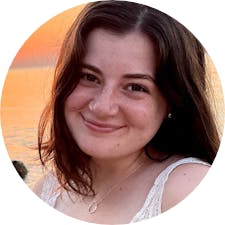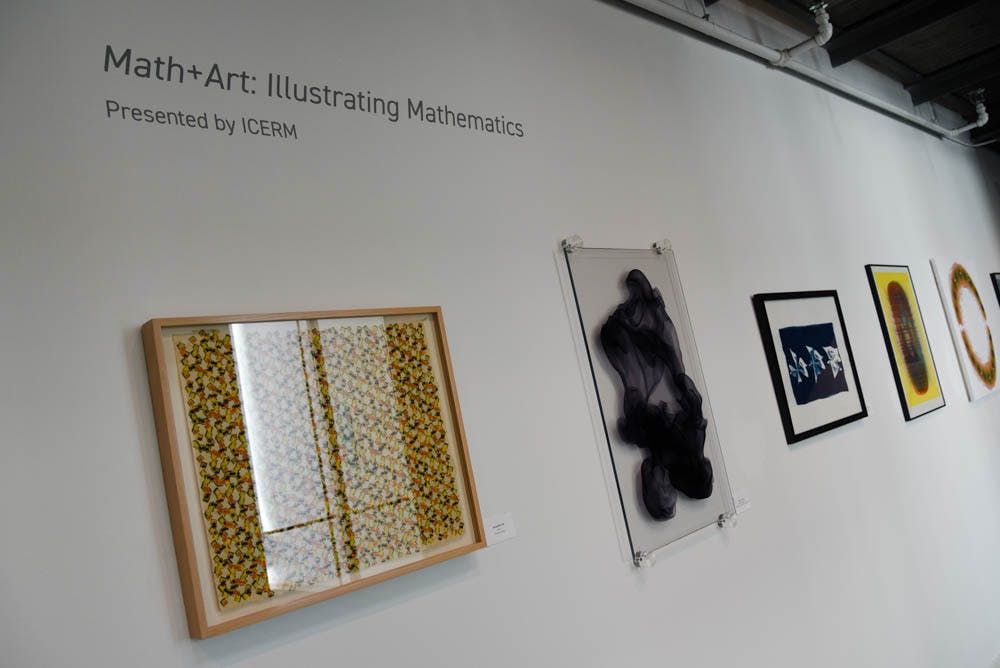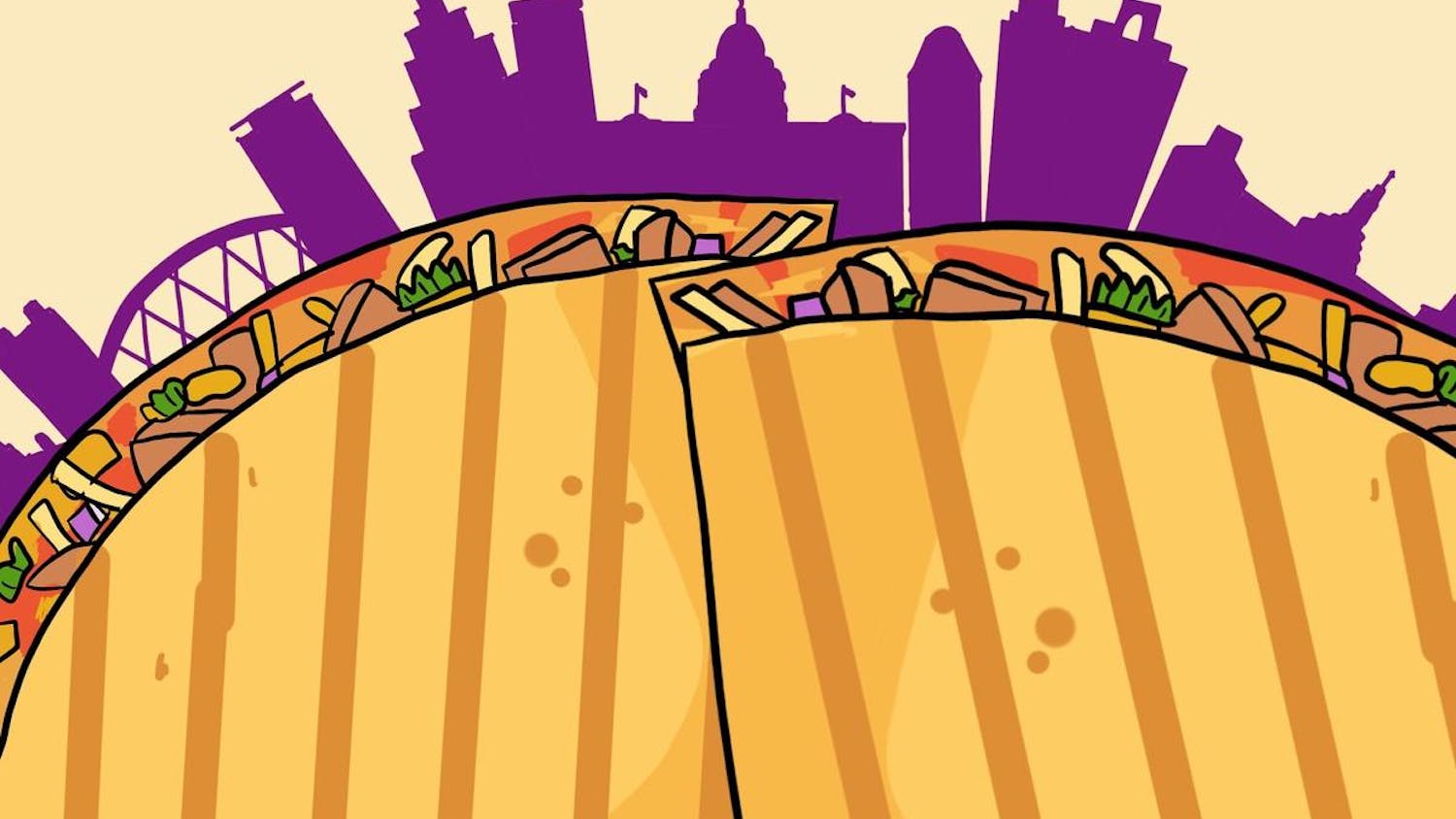The Granoff Center’s Atrium Gallery began exhibiting a new exhibit, Math+Art, on Oct. 18, featuring multimedia works created by mathematicians and artists from across the country.
The exhibit is part of the Institute for Computational and Experimental Research’s “Illustrating Mathematics” program which aims to bring together mathematicians, makers and artists who share an interest in visualizing mathematical concepts. ICERM is a University-based think tank funded by the National Science Foundation that aims to bring academics and professionals together to “broaden the relationship between mathematics and computation ... and support theoretical advances in computation,” according to the organization’s website.
Elisenda Grigsby, one of two deputy directors of ICERM and a leader for the organization’s 2019 Illustrating Mathematics program, explained that the organization’s programs do not typically involve an artistic component, but this program is specifically catered to those who are interested in visualizing their mathematical work, The Herald previously reported.
The Math+Art exhibit was funded by the Alfred Sloan Foundation and has been in the works since the summer of 2018 with ICERM approaching many galleries to showcase the work.
“We didn’t quite know who would say yes,” Grigsby told The Herald. “Eventually, (the Granoff Center) approved the exhibit. They have been amazing.”
Leading up to the exhibition, ICERM partnered with the Bridges Organization, a Kansas-based group devoted to promoting interdisciplinary work in math and art, to develop a platform for participants to submit their artwork online, Grigsby said. A curating committee then met online and reviewed all of the submissions.
Henry Segerman, Oklahoma State University mathematics professor and one of the judges for the exhibition, said the judges not only valued “the mathematical content of each of the submissions, but also the fact that it was aesthetically pleasing.”
“A big part of my work is visualizing mathematics and mathematical ideas,” Segerman said. “I, as well as many of the other participants, do the traditional teaching, making proofs and publishing papers. But I’m very interested in the visual component.”
Frank Farris, a professor of computer science and mathematics at Santa Clara University, has artwork featured in the exhibit. The title of his piece “Alla fine diventava tutto viola,” which means “In the end, everything was becoming purple,” was inspired by a phrase he learned on the language-learning app, Duolingo.
“Of course, I had to make something that was less purple, and then as you evolve to the outside, it’s more purple than you can possibly imagine,” Farris said.
His piece was made using mathematical wave formulas and a photograph of sweet peas, which Farris grew himself. The photograph of the sweet peas is located in the bottom right hand corner of the work.
Farris, like many of the other mathematicians, views his artwork as a way to showcase mathematics in a more accessible and beautiful way.
“Everyone has a general understanding that you can make everything out of waves, such as with CD recordings. This does the same thing but in the visual domain,” Farris said.
The exhibit is open seven days a week and will remain open to the public until Nov. 21. The exhibit will also be a stop on the Gallery Night Providence trolley, a tour that goes through the Providence area on the third Thursday of every month and stops at various art exhibitions.
The tour stop provides “an opportunity for the general public to mingle with the artists and learn about what’s being displayed,” said Ruth Crane, assistant director of ICERM.

Rebecca Carcieri is an arts & culture editor. She is a senior from Warwick, Rhode Island studying political science.





